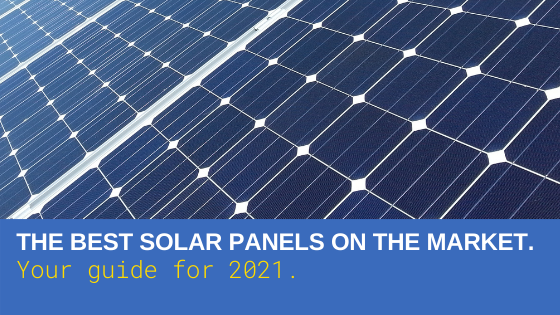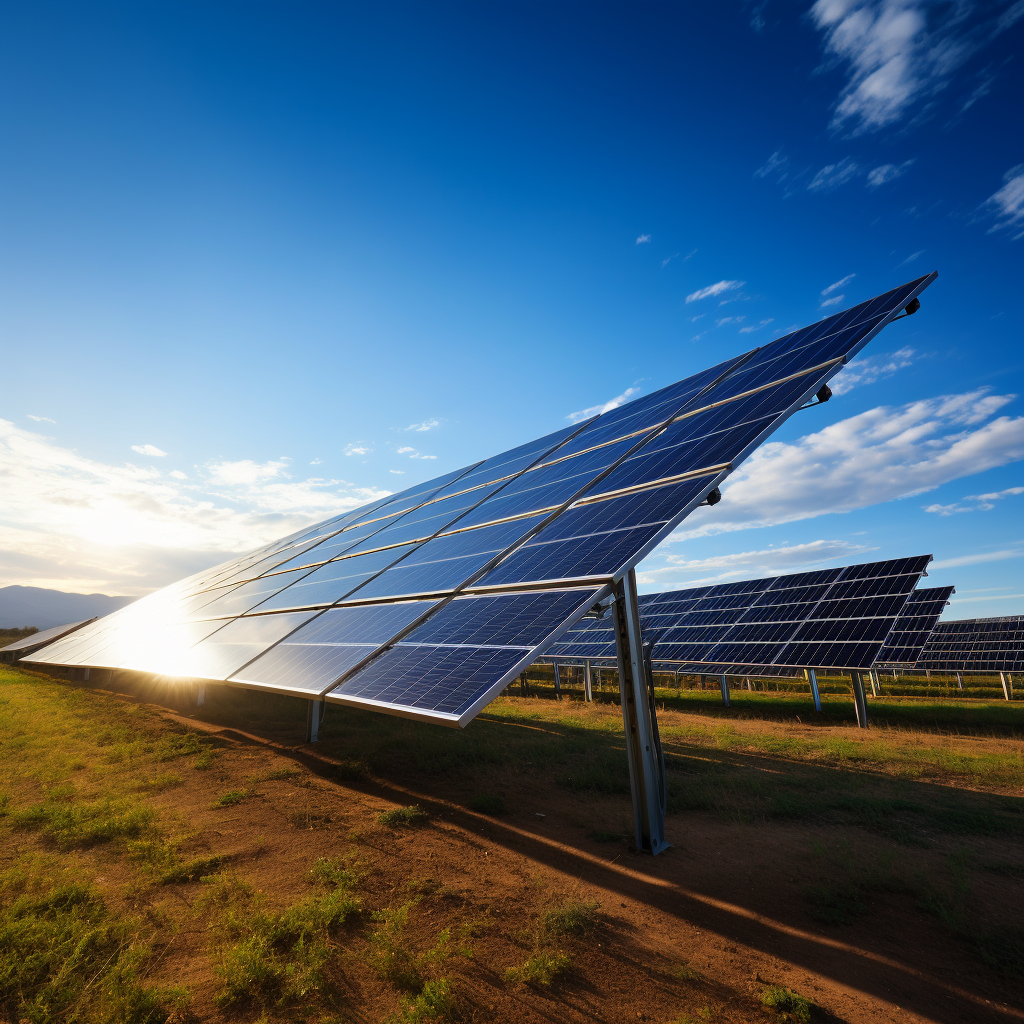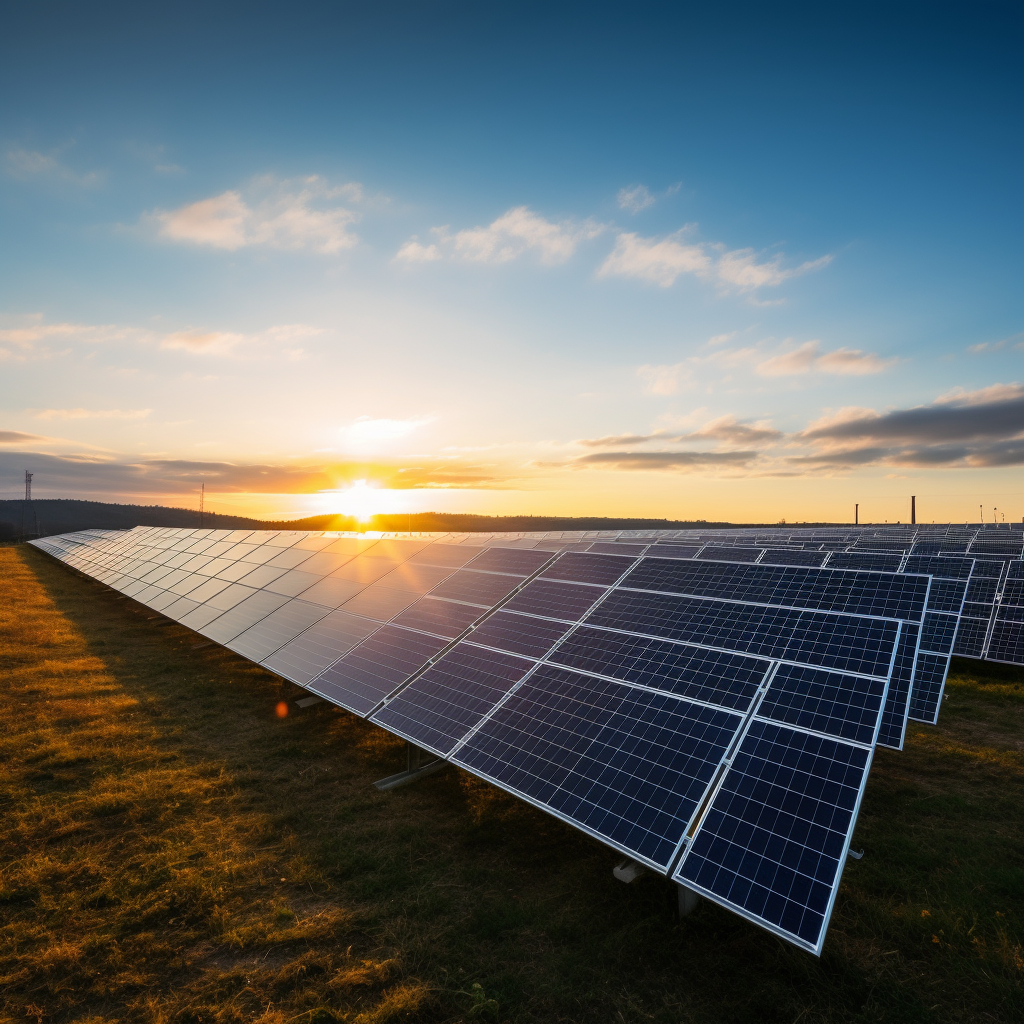This article is the ultimate guide to bifacial solar panels. We’ll start by defining what they are and discussing their importance and benefits. Then we’ll delve into the working principles behind how these dual-sided solar modules generate electricity. To help steer your purchasing decision, we’ll cover the three types of bifacial solar panels – monocrystalline, polycrystalline, and thin-film. We’ll provide guidance on how to select the right one based on energy needs, geographical considerations, and available space. Once you’ve chosen a panel, we’ll guide you through the pre-installation considerations and the installation process. We’ll also provide tips for post-installation inspection and testing. To ensure your panel’s longevity, we’ll discuss routine maintenance, troubleshooting, and weather-related issues. Finally, we’ll consider some economic aspects of bifacial solar panels, such as cost, energy savings, and government incentives and subsidies. Let’s dive in.
Understanding Bifacial Solar Panels
Bifacial solar panels are transforming the global solar energy industry. The technology’s potential for greater power generation efficiency and affordability is gaining attention from both commercial and residential energy consumers. However, beyond the buzzword status, it is essential to delve into what bifacial solar panels are, their benefits, and how they operate to rectify the energy needs of current and future generations.
Definition of Bifacial Solar Panels
Bifacial solar panels are advanced solar energy systems that have photovoltaic cells on both sides. The design allows these panels to capture solar energy from both the top and bottom sides, improving their energy efficiency significantly. These panels are typically constructed from a semi-transparent material that permits light to penetrate through them, hence allowing the PV cells to harness sunlight from the front and rear surfaces. This functionality differs remarkably from traditional solar panels, which only generate power from one side.
The bifacial solar panel design is not a recent invention. Scientists started exploring the concept decades ago. However, its adoption in the renewable energy industry has exploded in recent years due to advances in technology and the pressing need for more efficient and sustainable power generation solutions.
Importance and Benefits of Bifacial Solar Panels
The importance of bifacial solar panels lies in their potential to revolutionize solar power generation and consumption. They offer several compelling benefits compared to traditional solar panels, primarily concerning efficiency and cost-effectiveness.
Firstly, as bifacial solar panels absorb sun radiation from both sides, they can produce up to 30% more power per unit area than traditional, monofacial counterparts. This greater efficiency translates into more return on investment for homeowners and commercial users.
Secondly, bifacial solar panels are space-efficient. As they generate more energy per square meter, less space is needed to install them. This feature is particularly beneficial for urban areas where space is a luxury.
Thirdly, bifacial solar panels perform better in low-light conditions and on cloudy days because they can harness reflected light from the surroundings. Plus, they offer improved performance during the morning and evening hours when the sun is low and its rays hit the panels at a slant.
Moreover, these panels are more durable and have a longer lifespan due to their sturdy construction. It limits the vulnerability to environmental damage, thus reducing maintenance costs and increasing the system’s lifespan.
Working Principle of Bifacial Solar Panels
Bifacial solar panels operate based on the principle of double-sided light absorption. They contain PV cells on both sides, so they can transform sunlight into electricity from two directions.
The panels are typically elevated off the ground to allow light to reach the underside. As sunlight strikes both the front and the rear of the panel, the PV cells convert this light into electricity. Bifacial panels can therefore capture direct light from the sun and reflected light from the environment.
When installed correctly, bifacial solar panels utilize the albedo or reflectivity of the ground surface to enhance the overall system productivity. For instance, surfaces like white roofs or light-colored gravel can substantially boost reflected light levels, maximizing the fixed-tilt or tracker production of bifacial panels.
These innovative panels stand as a beacon of hope to achieve green energy sustainability. Their increased efficiency, cost-effectiveness, and environmentally friendly nature make them an ideal solution for global energy challenges.
Types of Bifacial Solar Panels
When we speak of bifacial solar panels, it’s important to understand that there are different types available on the market. These can be primarily categorized into monocrystalline, polycrystalline, and thin-film bifacial solar panels.
Monocrystalline Bifacial Solar Panels
Monocrystalline bifacial solar panels are renowned for their efficiency and longevity. They’re designed from single crystal structures that allow electrons more room to move, thereby creating more electricity. Although this type tends to be more expensive, you get what you pay for in terms of energy production and longevity. This type works well for locations with limited space as they can generate more power per square foot than other types.
Polycrystalline Bifacial Solar Panels
Polycrystalline bifacial solar panels are made from multiple crystal structures, rendering them slightly less efficient than their monocrystalline counterparts. Their manufacturing process, however, is less energy-intensive and more affordable, which often compensates for their slightly lower efficiency. These panels are identified by their blue speckled look and offer a good balance between price and performance.
Thin-Film Bifacial Solar Panels
Thin-film bifacial solar panels are made by placing one or more films of photovoltaic material onto a substrate. They offer a host of advantages including light weight, flexibility, and lower costs, but also have lower efficiency rates compared to mono and polycrystalline solar panels. Remember, choosing between these types depends largely on your specific needs and circumstances.
Selecting an Appropriate Bifacial Solar Panel
When selecting a bifacial solar panel, there are several considerations one needs to keep in mind.
Energy Needs and Considerations
Firstly, you need to assess your power needs. It’s important to accurately calculate how much energy you require on a daily and yearly basis. Remember to factor in potential future energy growth due to increased usage or the addition of energy-intensive devices or appliances.
Geographical Considerations
Your geographic location plays a key role in harnessing solar energy. Sunlight intensity, angle of light, as well as the number of sunny days per year in your location can directly influence how much energy your panels can produce.
Physical Space and Panel Fit
Finally, the physical space where you plan to install the panels should also be considered. Bifacial panels need a high albedo (reflectance) surface beneath them, and also enough space between the panels and the surface for light to reach the underside of the panel.
Installation of Bifacial Solar Panels
Installing bifacial solar panels is a task that usually requires professional expertise.
Pre-Installation Considerations
Pre-installation revolves around planning and making key decisions regarding the positioning, angle and wiring of the solar panels. Safety is also a key consideration, and the right measures should be in place to prevent any accidents during installation.
Step by Step Installation Process
The installation process involves setting up the scaffolding, installing the solar panel frames, attaching the solar panels, wiring them up, and connecting to the home’s electricity grid or energy storage system.
Post-Installation Inspection and Testing
Once installation is finished, inspections and testing should be conducted to ensure everything is functioning as it should. This includes checking the right power output, secure panel fastenings, and proper integration into the energy system.
Maintenance of Bifacial Solar Panels
Maintenance is a critical aspect to ensure prolonged and optimum functioning of your bifacial solar panels.
Regular Cleaning and Inspection
Regular cleaning is required to keep your solar panels free from dust and debris that can hinder sunlight penetration. A simple cleaning schedule can be set up depending on the pollution and dust levels in your area.
Routine Maintenance and Troubleshooting
Routine maintenance involves checking the panels, frames, and wiring for any sign of wear and tear. Any discovered issues should be resolved promptly to prevent deterioration.
Dealing with Weather-Related Issues
Exposure to climatic changes like heavy rain, snow, or storms may require special preventive measures or maintenance practices to protect your solar panels.
Considering the Economic Aspect of Bifacial Solar Panels
While bifacial solar panels may have a higher initial cost, it’s essential to look beyond just the purchasing and installation price.
Cost of Installation
While installation cost forms a significant part of the initial expenses, it’s a one-off cost that pays off over time as the panels generate power and result in reducing your energy bills.
Energy Savings and Payoff Period
A bifacial solar panel system is a long-term investment. Over time, these panels generate free power, which can save substantial money on electricity bills. For most homeowners, payback periods can range from 5-10 years depending on the size of the system and available sunlight hours.
Government Incentives and Subsidies
In many locations, government incentives or subsidies are available that can reduce the cost of solar panel systems. These incentives could be in the form of tax credits, rebates, or even feed-in tariff schemes. It’s always a good idea to research and ascertain what assistance is available in your specific location.
1. What are the Specific Steps Required for Installing Bifacial Solar Panels?
Bifacial solar panels require a specialized installation process that includes selecting a suitable site with high indirect light, properly positioning the panels at an optimal tilt and height to maximize exposure to light from all directions, and wiring specifically designed to capture power from both sides.
2. How often should Bifacial Solar Panels be Maintained?
Regularly maintaining bifacial solar panels boosts their longevity and efficiency. Scheduled inspections and cleanings should occur at least two times a year, although this may vary depending on the environmental conditions of the specific location.
3. What is the Average Cost of Installing and Maintaining Bifacial Solar Panels?
The cost of installing and maintaining bifacial solar panels can vary widely depending on the size of the system, location, and specific manufacturer’s specifications. Usually, these costs are higher compared to traditional solar panels due to increased complexity and additional materials.
4. How Does the Efficiency of Bifacial Solar Panels Compare to Traditional Solar Panels?
Bifacial solar panels can generate up to 30% more electricity than traditional solar panels because these panels absorb sunlight from both sides. Increased efficiency makes bifacial solar panels a more cost-effective option in the long run, despite higher installation and maintenance costs.
5. Are there any Special Precautions Necessary when Installing or Keeping Bifacial Solar Panels?
Yes, bifacial solar panels should be installed at a higher height than regular solar panels and also further apart to allow sunlight to reach the rear side of the panels. Periodic maintenance, including cleaning, ensures that both surfaces of the panels are clear for maximum output.
6. What Does the Maintenance Routine of Bifacial Solar Panels Include?
The maintenance routine for bifacial solar panels includes regular cleaning of both panel sides, system health checks to look for electrical and mechanical defects, and monitoring system output to ensure that the panels are performing at their designed capacity.



